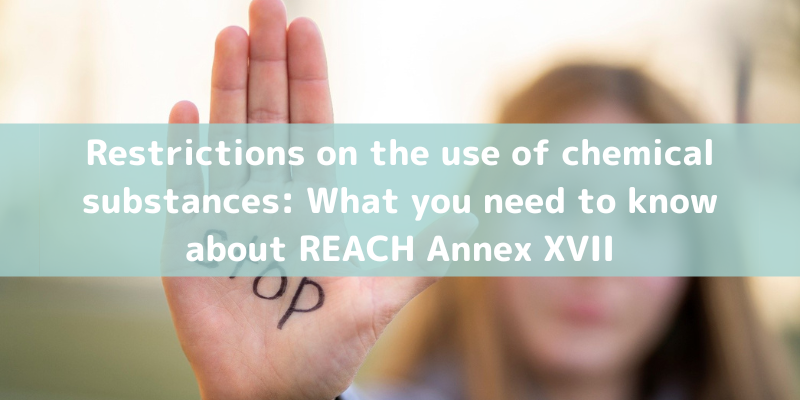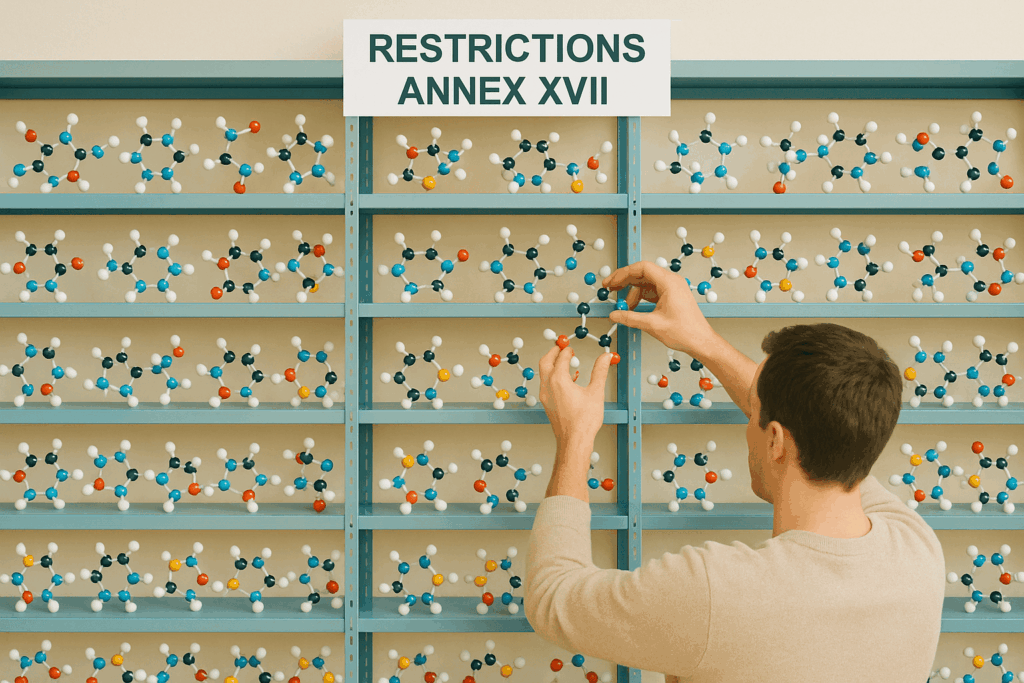
The REACH Regulation establishes a legal framework for the safe use of chemical substances in the European Union. Within this regulation, Annex XVII plays a key role by setting specific restrictions on the manufacture, marketing, and use of certain hazardous substances, mixtures, and articles.
These restrictions aim to protect human health and the environment by limiting the risks associated with hazardous substances in products we use daily.

When a substance is included in Annex XVII, its use or marketing is prohibited or restricted unless the conditions detailed in the annex are met. This may impose limitations for manufacturers, importers, and distributors.
The restrictions may apply to:
This is why it is essential to identify whether any substance used in your processes or products is subject to restrictions.
Yes. Although the restrictions of Annex XVII are legally binding, there are specific exceptions in certain cases. For example:
These exceptions must be carefully evaluated, as they do not apply broadly.
Annex XVII is not static. It can be modified or expanded based on new scientific evidence or risk assessments. This process may be initiated by:
When an inadequately controlled risk is identified, a restriction dossier is prepared, which must be completed within 12 months. During this process, stakeholders are invited to submit comments or observations within a six-month period.
Once the dossier is submitted, ECHA committees evaluate:
These evaluations ensure that any future decision is based on sound scientific and economic data, and is adopted in a transparent and participatory manner.
Each Member State is responsible for ensuring that Annex XVII restrictions are enforced. To this end, periodic inspections and market surveillance are carried out.
Non-compliance may lead to legal and financial penalties, including the withdrawal of products from the market if prohibited substances are detected.
The best way to ensure compliance with Annex XVII is to have up-to-date information and expert guidance.
At ServiREACH, we help you: